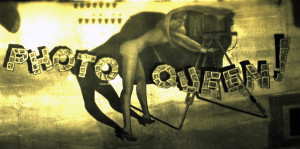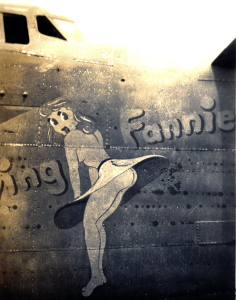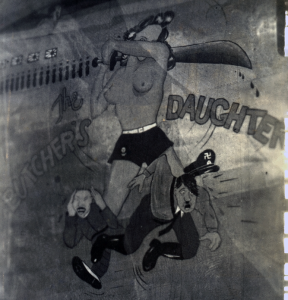Miscellaneous Photos of B-24 Bombers
My father took several photos of B-24 Bombers while in the South Pacific area of New Guinea during World War Two. I put 28 pictures of these B-24 bombers in Dad’s War Photos: Adventures in the South Pacific. These World War Two B-24 airplanes were classified as heavy bombers, had a crew of 10, and played a major part in the Allied victory.
Army Air Force artists painted B-24 nose art which played a role in boosting the morale of the enlisted men and air crews. Some of the B-24 bomber nose art was erotic photos of scantily clad girls.
Some noseart were of goofy cartoon characters. My father preferred taking nose art photos of sexy girls.
Peak production had reached one Consolidated B-24 per hour and 650 per month in 1944.
The B-24 ended World War II as the most produced Allied heavy bomber in history, and the most produced American military aircraft with over 18,400 units, due largely to Henry Ford and the harnessing of American industry.
Although primarily a heavy bomber, the Liberator was also a very effective fighter, shooting down approximately 2,600 enemy aircraft.
It was the leading Allied oceanic patrol and anti-submarine aircraft, and the leading Allied long-range cargo transport. Each of the two bomb bays could carry 4,000 lb (1814 kg) of bombs.
Consolidated B-24 Liberator Specifications in WWII
The B-24 had four 1,200-hp Pratt & Whitney R-1830-43 Twin Wasp radial piston engines. Its maximum speed 303 mph (488 km/h); For its operating radius, it could carry a 5,000 pound bomb load 1,080 miles.
It weighed 33,980 pound empty; its maximum take-off weight was 60,000 pounds. Its wing span was 110 feet, was 66 feet long, and 18 feet high. It was armed with eleven 12.7-mm machine guns and could carry 8,000 pounds of bombs.




